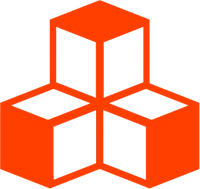@threlte/core
<Canvas>
The <Canvas> component is the root of your Threlte scene. It provides contexts that all other components and many hooks are depending on. This means they need to be child components to the <Canvas> component.
Structuring Your App
Check out our guide on structuring your app for a fail-safe app architecture recipe.
By default, the <canvas> element and the renderer will resize to fit the parent
element whenever the window resizes. Provide the property size to set a fixed
<canvas> size.
<Canvas> also provides a default camera, located at { z: 5 }.
If renderMode is set to on-demand (default) property changes to components and other changes that are picked up by Threlte automatically invalidate the current frame.
If renderMode is set to always a re-render is automatically scheduled every frame.
If renderMode is set to manual a re-render must manually be triggered with useThrelte().advance().
Events
It’s recommended to use the dom element given from the useThrelte hook to add events to rather
than the canvas.
